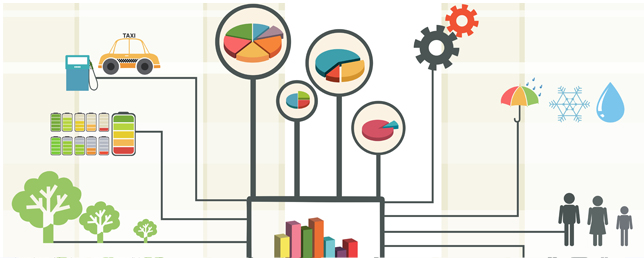Unraveling the Significance of Data Lineage in Pipeline Development

In the dynamic landscape of data integration and pipeline development, the concept of data lineage stands as a pivotal element that shapes the reliability, transparency, and manageability of data workflows. As an expert in the integration space, understanding and leveraging the importance of data lineage is critical for ensuring the robustness and efficiency of data pipelines.
Defining Data Lineage:
In the dynamic landscape of data integration and pipeline development, the concept of data lineage stands as a pivotal element that shapes the reliability, transparency, and manageability of data workflows. As an expert in the integration space, understanding and leveraging the importance of data lineage is critical for ensuring the robustness and efficiency of data pipelines.
Ensuring Data Quality and Integrity:
One of the primary reasons why data lineage holds immense importance is its role in ensuring data quality and integrity. By tracing the journey of data from its source to its final destination, organizations gain visibility into potential points of data corruption, inaccuracies, or quality degradation. Understanding the lineage allows for proactive identification and rectification of issues, ensuring that the end-users receive accurate and reliable information.
Facilitating Compliance and Auditing:
In an era where data privacy regulations and compliance standards are stringent, data lineage plays a crucial role in meeting these requirements. By maintaining a clear record of how data is collected, processed, and used, organizations can demonstrate adherence to compliance standards during audits. This transparency is particularly essential in industries such as finance, healthcare, and telecommunications, where regulatory compliance is paramount.
Optimizing Performance and Troubleshooting:
Effective performance optimization and troubleshooting in data pipelines rely heavily on the ability to understand and analyze the flow of data. With a comprehensive data lineage, organizations can pinpoint bottlenecks, identify inefficient transformations, and optimize the overall performance of their pipelines. This is especially critical in large-scale, complex integration environments where multiple systems interact.
Enhancing Collaboration and Knowledge Sharing:
In collaborative environments, where multiple teams contribute to the development and maintenance of data pipelines, data lineage acts as a shared knowledge base. It serves as a visual representation that can be easily interpreted by different stakeholders, including data engineers, analysts, and business users. This shared understanding promotes collaboration, reduces silos, and facilitates effective communication across diverse teams.
Supporting Impact Analysis:
As organizations evolve and their data ecosystems expand, any changes to the existing data pipelines can have far-reaching consequences. Data lineage enables impact analysis by illustrating how alterations to data sources or transformations can affect downstream processes. This proactive insight allows organizations to assess the potential impacts before implementing changes, reducing the risk of unintended consequences.
Future-Proofing Data Architecture:
In a rapidly evolving technological landscape, future-proofing data architecture is paramount. The insights gained from data lineage help organizations make informed decisions about the adoption of new technologies, tools, or data sources. This forward-looking approach ensures that data pipelines remain adaptable and resilient in the face of technological advancements.
Conclusion:
In the intricate realm of pipeline development and data integration, the importance of data lineage cannot be overstated. It serves as the guiding thread that weaves together the various components of a data ecosystem, offering clarity, transparency, and control. As an expert in the integration space, recognizing and harnessing the power of data lineage is not just a best practice – it is a strategic imperative for building resilient, efficient, and future-ready data pipelines.
